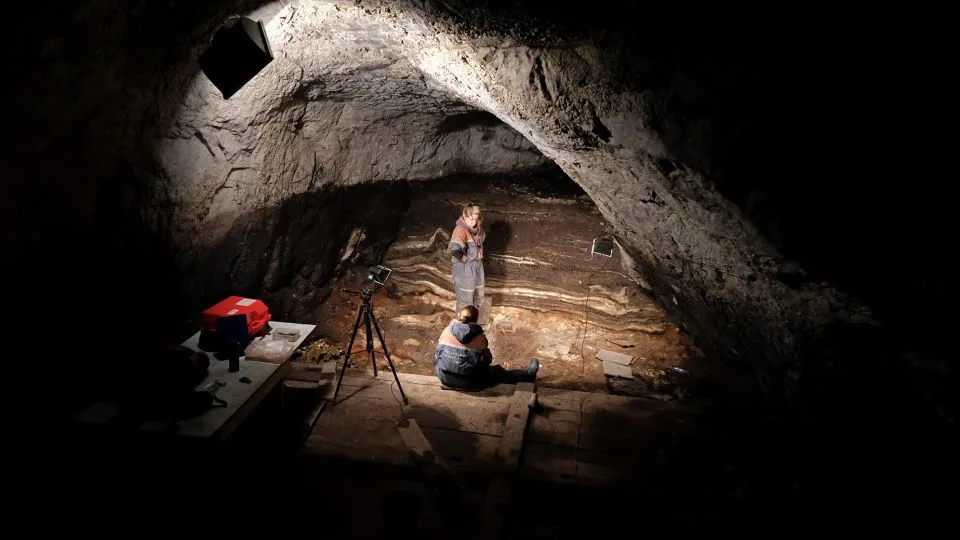New DNA analysis provides insights into when and how Neanderthals interacted with early modern humans. It suggests the relationship was more complex than previously thought.
The study found evidence of three waves of interbreeding between Neanderthals and modern humans over the past 250,000 years. The first was 200,000-250,000 years ago, another around 100,000 years ago, and the last 50,000-60,000 years ago.

The earlier encounters involved small groups of pioneering modern humans migrating out of Africa whose offspring were absorbed into Neanderthal populations. This left traces of human DNA in Neanderthal genomes but little record in modern humans.

By the last encounter 50,000 years ago, as humans migrated out of Africa in larger numbers, the offspring joined human populations instead and their DNA remains in the modern gene pool.
The analysis suggests Neanderthal population sizes decreased over time as they absorbed human DNA, contributing to their extinction around 40,000 years ago as human populations grew larger.
The findings indicate human and Neanderthal histories were more intertwined than previously thought, with interactions occurring much more frequently after modern humans emerged.
Source: CNN









